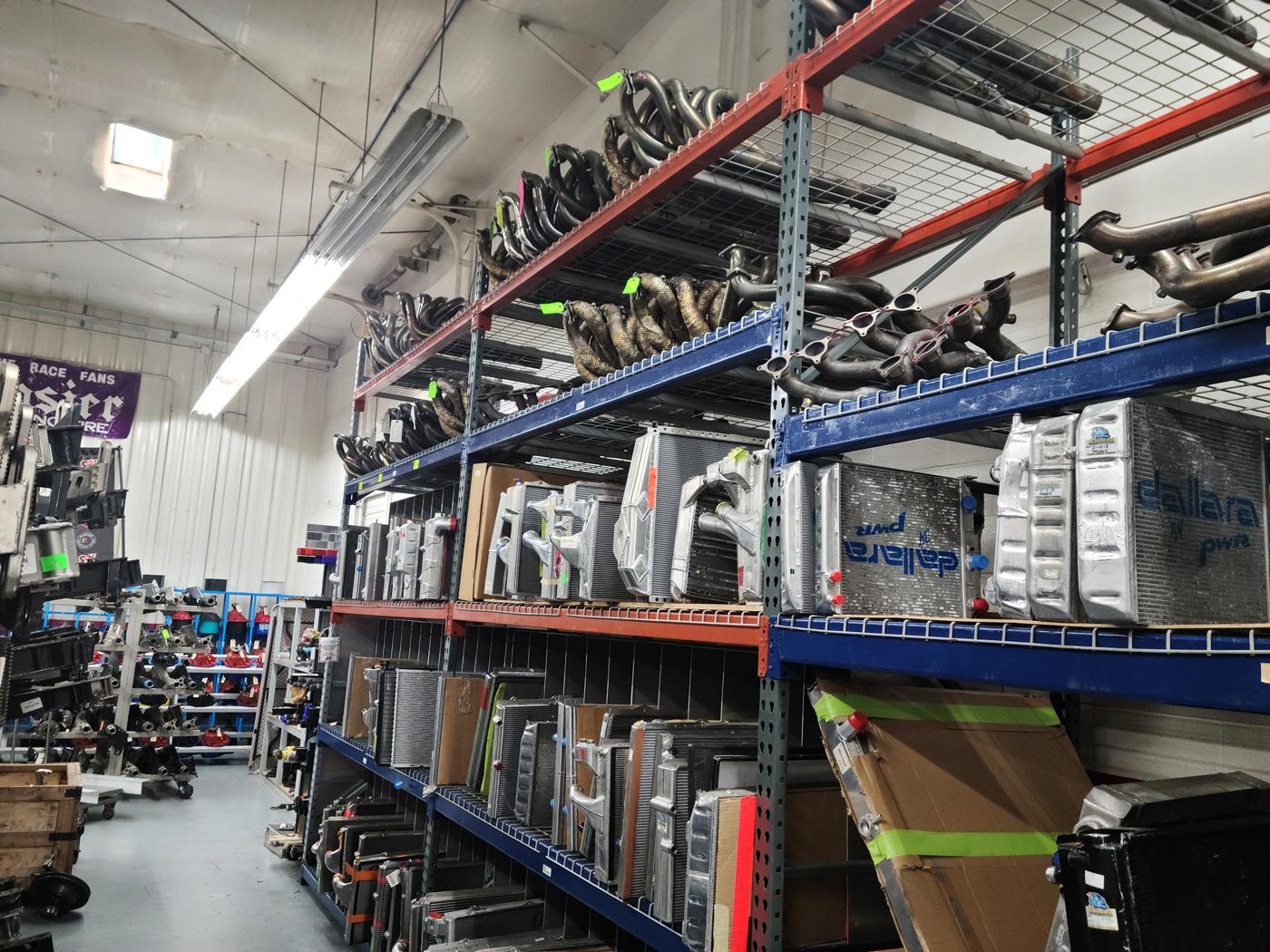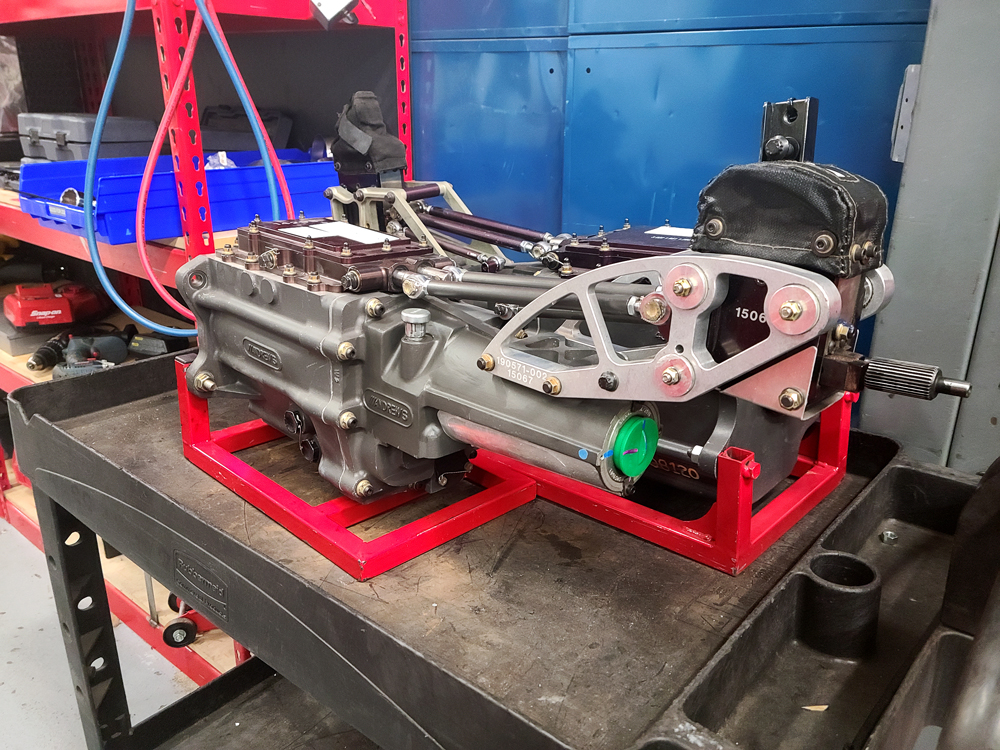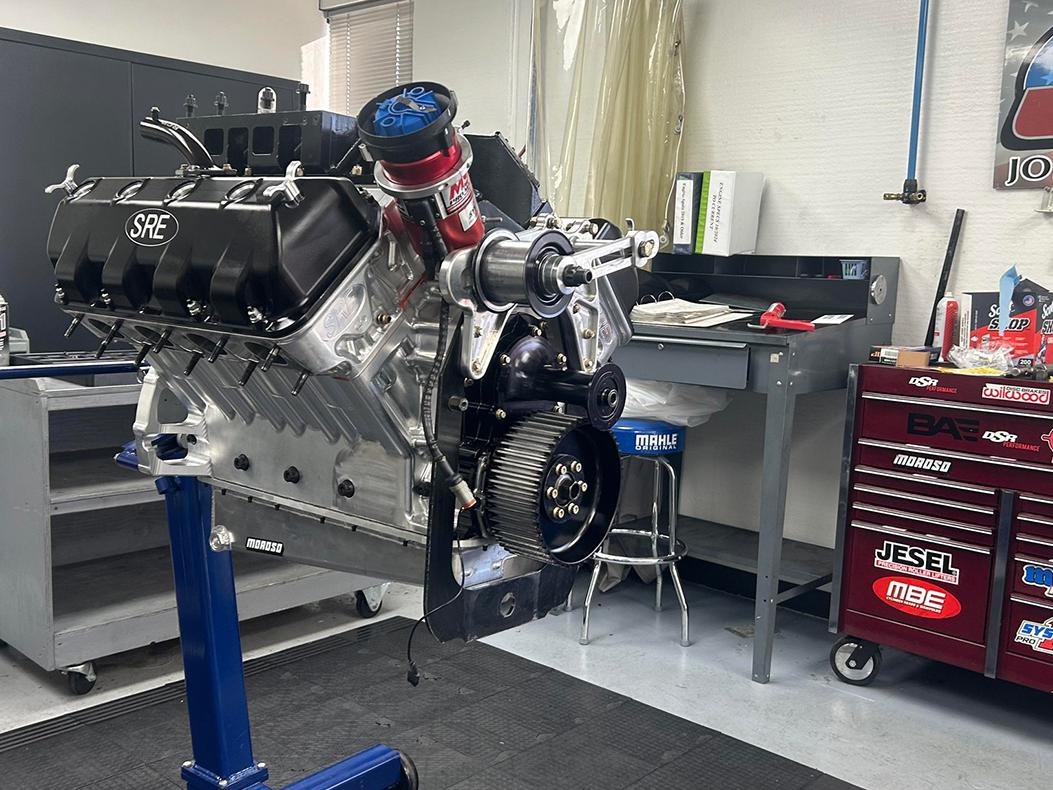Ask the Experts: Selling Used Race Parts

SRI Performance concentrates on used parts for the circle track market, as those racers tend to go through parts more quickly than racers in other disciplines.
Establishing a marketplace for second-hand equipment can create new revenue streams for racing businesses and help teams recoup upgrade costs.
Rising costs are a well-understood pain point across a wide range of motorsports disciplines, and the expenses involved in acquiring must-have parts and equipment play no small role in the equation. Although used gear comes with its own inherent caveats, the commonality of parts and equipment between series and classes offers an opportunity for teams that are updating their race programs to ease the burden of investment through consignment. For the racing businesses that provide these consignment services, it presents a new revenue stream with customers who’re often already on the hunt for specific types of products.
“We were originally a retail outlet, and we wholesaled items because we manufactured things for different companies,” explained Butch Hatton of Race Parts Liquidators, Crown Point, Indiana. “Over time, more and more people came to us wanting to put used stuff up for sale in the showroom, and interest in consignment kept growing to the point where we added a department dedicated to the used stuff. As technology changed and new products were coming out, folks needed to move their older gear in order to afford to buy new equipment, and I think that people started to realize that they could reach a larger audience through us than they could by themselves.”
As time went on and the Internet started to become a more viable resource for used parts sourcing, the company established an online catalog for the parts in its inventory. “I wasn’t a computer person—I had to learn the technical stuff as we went,” said Hatton. “But it kept growing, and eventually we realized that we were seeing better margins with the used parts and equipment than we were with the new stuff.”
These days Race Parts Liquidators is keenly focused on the circle track market, and people have consigned everything from lug nuts to complete cars. Hatton said that circle track racers tend to cycle through parts more quickly than folks in other racing disciplines, and that in turn creates greater demand from both buyers and sellers who’re looking to step up their race programs. It’s a dynamic that was also identified by the folks at SRI Performance, a Mooresville, North Carolina-based retailer that’s primarily focused on the circle track market as well.

“NASCAR Cup teams are a major source of our used parts inventory,” SRI’s Todd Foster told us. “They know they’re only going to run parts for a certain amount of time or mileage before they replace them. And they’re looking at all of these parts sitting around and thinking, ‘These parts are still usable. We ran them 5,000 miles, but they can probably go 30,000 miles. We should be selling these to people running in other series.’”
He said that teams from the ARCA, Xfinity, and Truck series are often the ones who are buying this equipment second hand. That’s led certain items, like 22-gallon fuel cells, to become hot sellers. “These fuel cells were used by the NASCAR guys before they went to fuel injection—it was the biggest cell that they had ever run. I believe these can be used in ARCA, and there’s a vintage NASCAR series that uses them as well.”
Transmissions from Andrews and G-Force have also seen interest at SRI. “They’re looking not just for the transmission, but also the gear set that’s in them,” Foster said. “The ratios need to be different if they’re running on road courses.”
Meanwhile, Hatton pointed to blocks, cylinder heads, camshafts, and other engine components as particularly high-demand items. “We’ve sold NASCAR engines to folks in drag racing and road racing, too—there’s a lot of crossover. COVID is still having an impact on racers, even today. Many manufacturers are still way behind on production. If you order a new crankshaft and the lead time is 39 weeks, you might not even be able to use it that season. That’s led a lot of people to start looking for other solutions.”
He said that while they generally take whatever parts that folks want to consign, there are some things that they tend to shy away from. “You don’t want to tie up a significant portion of your warehouse space with stuff that might sit for a long time. Rearend housings, axles, purpose-built stuff, and so on. You’ve got to keep the product moving along. If something just sits on the shelf, it’s occupying our warehouse space and our time, but we’re not making a commission off of it.”
Foster said that suspension parts like springs and control arms can be tough to shift as well. “We have quite a few of those. We don’t avoid taking them in, but they don’t sell as quickly as some other parts. Some of that is because the parts were purpose-built for a particular car or team, so they might not fit a lot of other applications.”
Both SRI and Race Parts Liquidators work with their consignors to determine pricing for the items that come in as well as the split between the consignor and the company. “Sometimes people will say, ‘I want to get this much out of this particular part or piece of equipment,’” Foster noted. “But most of them—especially the bigger teams—just trust us to use our best judgment, and price it appropriately based on our knowledge of the sport and the market.”
Sources
Race Parts Liquidators
racepartsliquidators.com
SRI Performance
sriperformance.com
 MEMBERSHIP LOGIN
MEMBERSHIP LOGIN JOIN PRI
JOIN PRI


